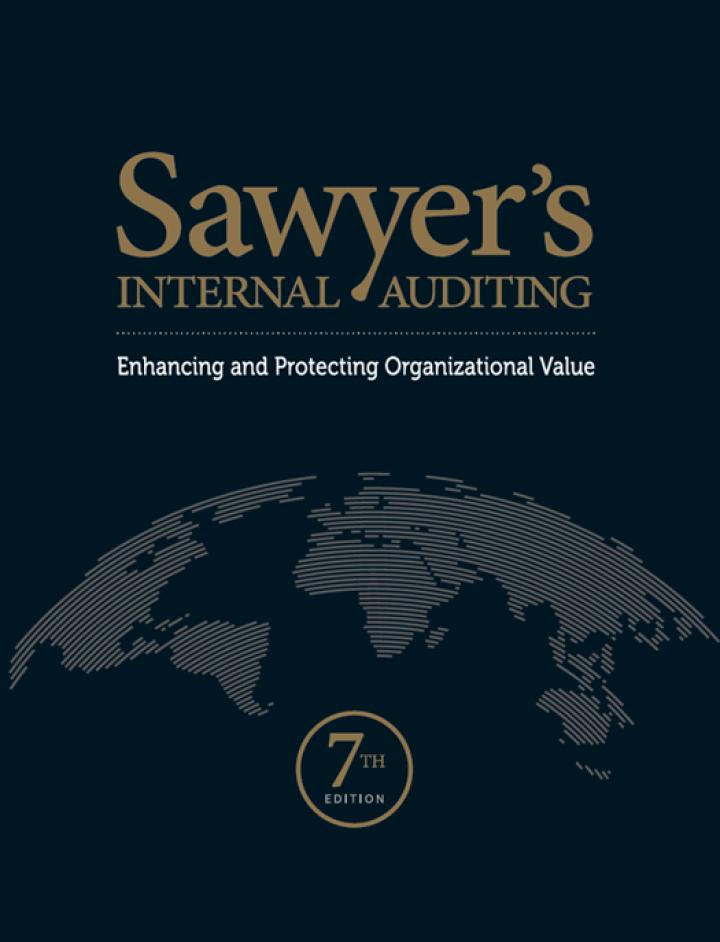Question
1. Assuming the transaction was a collateralized loan, which one of the following entries will Ritter make to record this transaction? Multiple Choice DR Cash
1. Assuming the transaction was a collateralized loan, which one of the following entries will Ritter make to record this transaction?
Multiple Choice
-
DR Cash $94,000 CR Loan PayableHisker $94,000
-
DR Cash $94,000 DR Prepaid interest 6,000 CR Accounts receivable $100,000
-
DR Cash $94,000 DR Prepaid interest 6,000 CR Loan PayableHisker Enterprises $100,000
-
DR Cash $94,000 DR Interest expense 6,000 CR Loan PayableHisker Enterprises $100,000
2.
Which of the following statements is false regarding factoring receivables?
Multiple Choice
-
When a company factors its receivables with recourse, it cannot be required to make a payment to the factor if a customers account proves to be uncollectible.
-
When a company accepts credit cards, it is engaging in a form of factoring.
-
When a company sells its accounts receivable to a factor with recourse, a recourse obligation that is recorded would be a credit entry on its books.
-
Factoring can be done either with or without recourse.
Step by Step Solution
There are 3 Steps involved in it
Step: 1

Get Instant Access to Expert-Tailored Solutions
See step-by-step solutions with expert insights and AI powered tools for academic success
Step: 2

Step: 3

Ace Your Homework with AI
Get the answers you need in no time with our AI-driven, step-by-step assistance
Get Started


